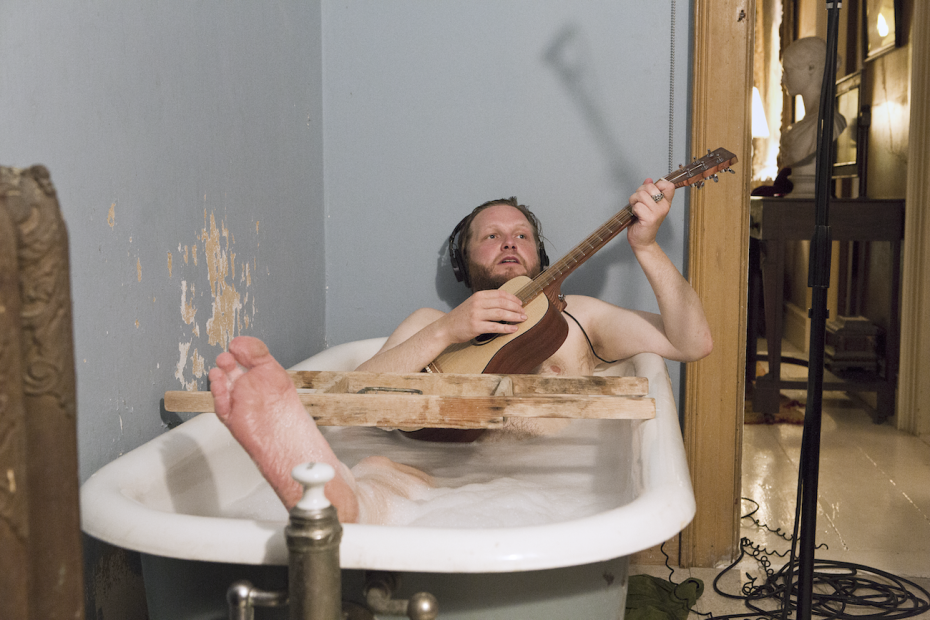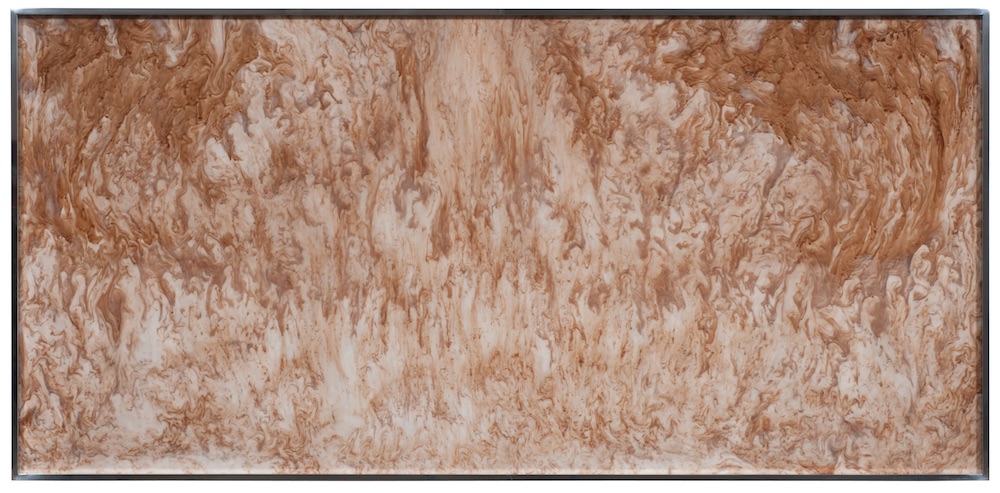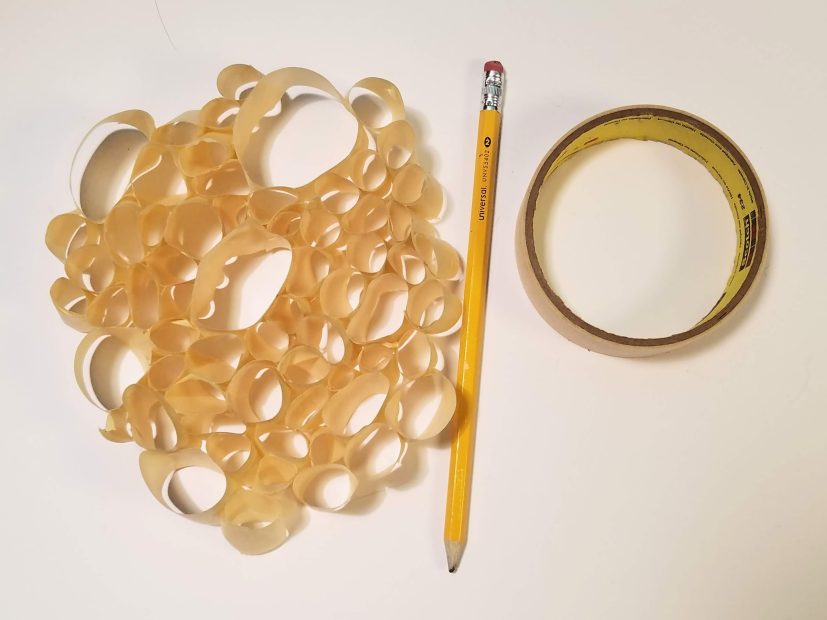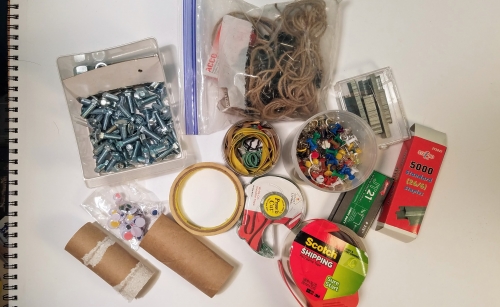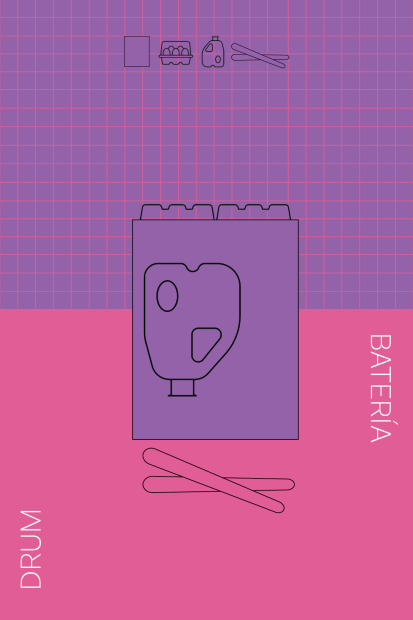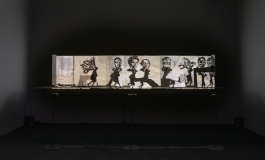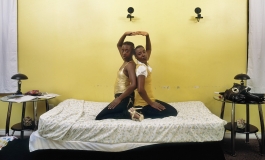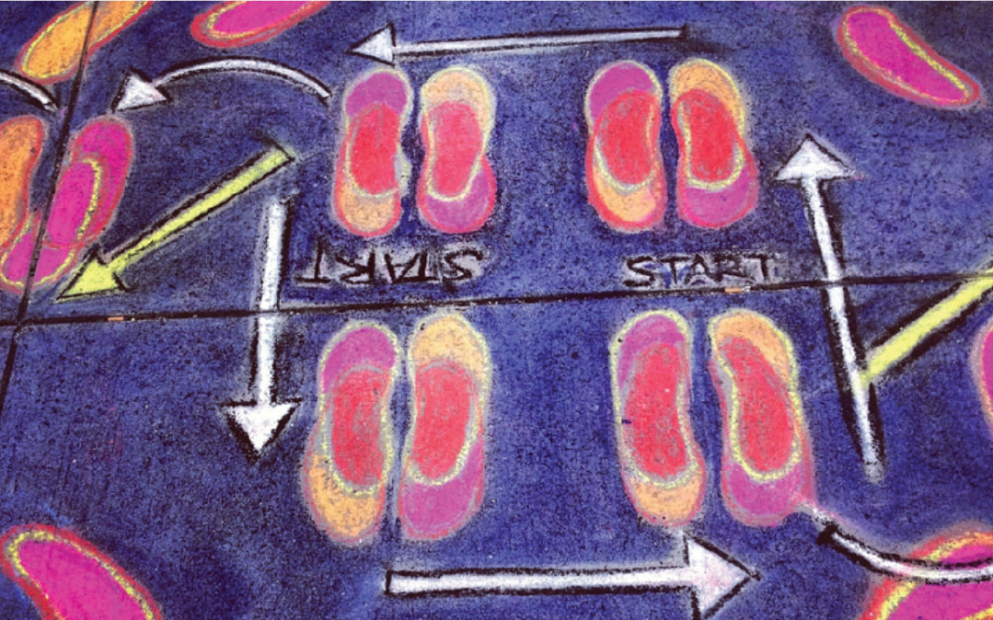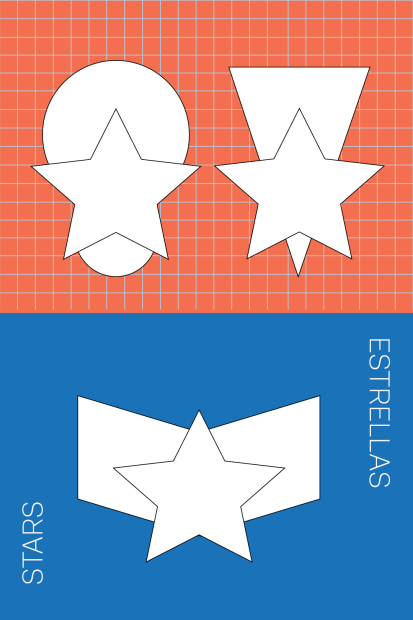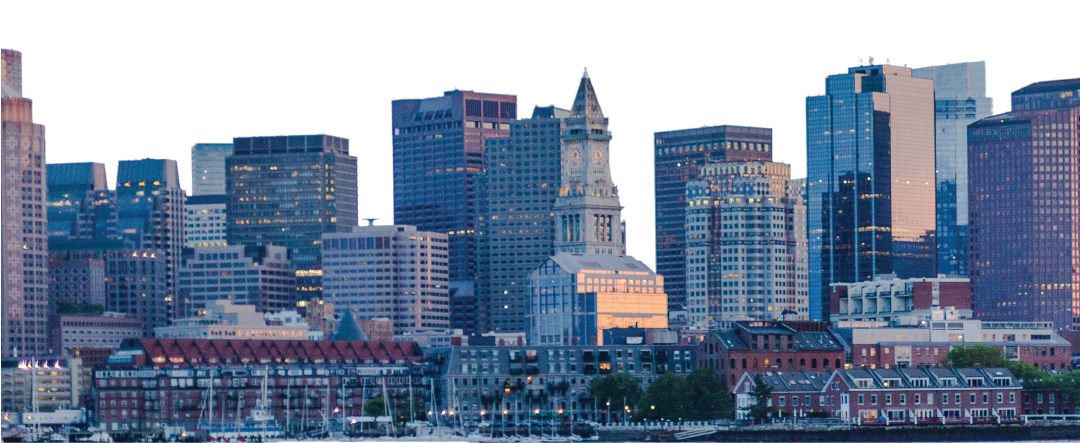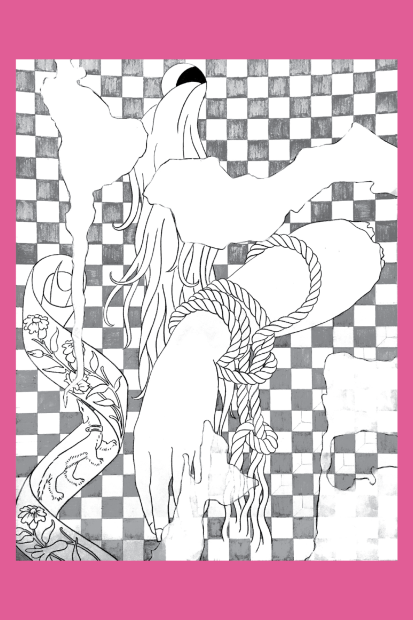(Boston, MA—August 25, 2020) The Institute of Contemporary Art/Boston (ICA) announces its advance schedule of exhibitions through 2022. Upcoming exhibitions include a major collection show titled i’m yours: Encounters with Art in Our Times featuring works by Kader Attia, Firelei Báez, Louise Bourgeois, Ndijeka Akuniyli Crosby, Nan Goldin, Simone Leigh, Doris Salcedo, Henry Taylor, and more; the first museum exhibition devoted to the work of the multi-disciplinary artist and designer Virgil Abloh; a newly commissioned, monumental sculpture by Firelei Báez at the ICA Watershed; and the first museum survey dedicated to the work of Deana Lawson.
All exhibition dates are subject to change. For more information and to confirm schedule, please contact Margaux Leonard at mleonard@icaboston.org or 617-478-3176.
Ragnar Kjartansson: The Visitors
September 30, 2020–August 15, 2021
The first newly installed exhibition at the museum following months of closure during the global COVID-19 pandemic, The Visitors is a beloved artwork in the ICA’s permanent collection, one that continually inspires and moves our community. A portrayal of friendship, love, and loss, The Visitors is a monumental, nine-channel sound and video installation of a performance staged at Rokeby Farm, a historic forty-three-room estate in upstate New York. Each of the individual audio and video channels features musicians playing instruments either alone or in small groups, isolated yet in unison, occupying different rooms of the romantically dilapidated estate. The musical composition coheres in the work’s installation, presenting a dynamic and moving ensemble performance Kjartansson refers to as a “feminine nihilistic gospel song.” Through its unique arrangement of music in space, The Visitors creates a layered portrait of the house and its musical inhabitants. For some, the prolonged experience of sheltering-in-place—characterized at times as being “alone together”—has dramatically changed our conception of home and our relationships to one another. As the museum reopens, we turn to this familiar work for its range of resonant themes, its capacity to comfort and heal, and with the knowledge that our experience of it at this time will be different. Organized by Jeffrey De Blois, Assistant Curator and Publications Manager.
i’m yours: Encounters with Art in Our Times
November 18, 2020–May 23, 2021
i’m yours: Encounters with Art in Our Times celebrates the power of experiencing art in person. This exhibition, which borrows its title from a Henry Taylor painting in the ICA collection, is conceived as an invitation to our visitors to create a personal connection with works of art. Collaboratively and virtually organized in the midst of the global COVID-19 pandemic and social unrest, i’m yours is presented within a dramatic, raw architectural space as a series of small galleries, each offering a different artistic perspective to emphasize that the stories museums may tell through art are never fixed but always in process. Comprising unique encounters with new acquisitions and iconic works from the ICA’s collection, the exhibition’s groupings, or scenes, address a range of topics, including ideas of home and history, social and material transformation, and frames of identity in portraiture and sculpture. Including works by Njideka Akunyili Crosby, Kader Attia, Firelei Báez, Louise Bourgeois, Nan Goldin, Simone Leigh, Doris Salcedo, and many others, i’m yours sparks wonder, encourages questions, challenges assumptions, and provides a space for reflection. Organized by Jeffrey De Blois, Assistant Curator and Publications Manager; Ruth Erickson, Mannion Family Curator; Anni Pullagura, Curatorial Assistant; and Eva Respini, Barbara Lee Chief Curator.
William Kentridge: KABOOM!
November 18, 2020–May 23, 2021
The wide-ranging, interdisciplinary work of William Kentridge (b. 1955, Johannesburg, South Africa) examines the prolonged effects of settler colonialism and the apartheid system in South Africa. Through drawing, performance, film, and opera, Kentridge recomposes historical narratives and proposes new understandings of the past, emphasizing, as he says, “what we’ve chosen not to remember.” The ICA presents the U.S. museum premiere of KABOOM! (2018), a recent major acquisition and room-filling multimedia installation. KABOOM! tells the story of the two million African porters conscripted into service for German, British, and French colonial powers during World War I. Set to a rousing, orchestral score co-composed by Philip Miller and Thuthuka Sibisi, KABOOM! employs collage, drawing, and animation on repurposed archival documents to embody at gallery scale the theatrical intensity of the artist’s full-scale production of The Head & the Load (2018), a work whose title references the Ghanaian proverb, “The head and the load are the troubles of the neck.” A way of speaking back to the incomplete story of colonialism and exploitative labor systems, KABOOM! envelops the gallery in a visual landscape that traverses memory and narrative, revealing history to be a fragmented and authorless relationship to the past. Organized by Jeffrey De Blois, Assistant Curator and Publications Manager, with Anni Pullagura, Curatorial Assistant.
Eva LeWitt
Mar 21, 2021–Oct 23, 2022
The vibrant sculptures of New York–based artist Eva LeWitt (b. 1985, Spoleto, Italy) transform industrially manufactured materials such as coated mesh, polyurethane foam, and latex into hand-fashioned environmental arrangements of hanging geometric forms and gradations of undulating color. For the ICA’s Sandra and Gerald Fineberg Art Wall, LeWitt will conceive of a monumental hanging wall sculpture made of colorful bands of coated mesh fabric whose shifting linear composition creates a number of interlocking circular forms. As the work’s crosshatched woven surfaces and fields of color overlap and respond to ambient conditions, an optical moiré effect is produced, creating a dynamic perceptual experience that vibrates throughout the museum’s interior. Organized by Jeffrey De Blois, Assistant Curator and Publications Manager.
Firelei Báez
Jul 3–Sep 6, 2021
ICA Watershed
In summer 2021, the ICA Watershed will feature a newly commissioned, monumental sculpture by acclaimed artist Firelei Báez (b. 1981, Santiago de los Caballeros, Dominican Republic). In her largest sculptural installation to date, the artist reimagines the archeological ruins of the Sans-Souci Palace in Haiti as though they were revealed in East Boston after the sea receded from the Watershed floor. The Watershed’s location—in a working shipyard and as a trade site and point of entry and home for immigrants over decades—provides a pivotal point of reference. Báez embeds Sans-Souci within the geological layers of Boston, where histories of revolution and independence are integral to the city’s identity. This site-specific installation will invite visitors to traverse passageways and travel through time, engaging with streams of influence and interconnectedness. The work’s intricately painted architectural surfaces include symbols of healing and resistance, patterning drawn from West African indigo printing traditions (later used in the American South), and sea growths native to Caribbean waters. Báez’s sculpture points to the centuries-long exchanges of ideas and influence between Europe, the African continent, and the Americas. Organized by Eva Respini, Barbara Lee Chief Curator.
Virgil Abloh: “Figures of Speech”
Jul 3–Sep 26, 2021
Virgil Abloh: “Figures of Speech” is the first museum exhibition devoted to the work of the genre-bending artist and designer Virgil Abloh (b. 1980, Rockford, IL). Abloh pioneers a practice that cuts across media and connects visual artists, musicians, graphic designers, fashion designers, and architects. Abloh cultivated an interest in design and music at an early age, finding inspiration in the urban culture of Chicago. While pursuing a master’s degree in architecture from the Illinois Institute of Technology, he worked on album covers, concert designs, and merchandising. In 2013, Abloh founded his stand-alone fashion brand Off-White™ in Milan, Italy, and, in 2018, assumed the position of artistic director of Louis Vuitton’s menswear. Organized by the Museum of Contemporary Art Chicago and set in an immersive space designed by Rem Koolhaas’s renowned architecture firm OMA*AMO, the exhibition will offer an in-depth look at defining highlights of Abloh’s career, including signature clothing collections, video documentation of iconic fashion shows, distinctive furniture and graphic design work, and collaborative projects with contemporary artists. A program of cross-disciplinary offerings will mirror the artist’s range of interests across music and design. The ICA’s presentation is coordinated by Ruth Erickson, Mannion Family Curator.
Raúl de Nieves
Aug 25, 2021–Jul 24, 2022
New York–based artist Raúl de Nieves (b. 1983, Michoacán, Mexico) is an interdisciplinary artist, performer, and musician whose multifaceted practice ranges from stained-glass-style narrative paintings to energetic performances, to densely adorned figurative sculptures encrusted with bells, beads, bangles, sequins, and other everyday materials. These opulent sculptures reference ritual costumes in Mexican culture and evoke other global theatrical traditions, from Japanese kabuki to circus performance to religious processional attire. De Nieves’s distinctive visual language draws from Mexican craft traditions, religious iconography, and mythology to explore the transformational possibilities of adornment and the mutability of identity. This is his first museum presentation in Boston. Organized by Jeffrey De Blois, Assistant Curator and Publications Manager.
Deana Lawson
Oct 27, 2021–Mar 6, 2022
This exhibition is the first museum survey dedicated to the work of Deana Lawson (b. 1979 in Rochester, NY). Lawson is a singular voice in photography today. For more than 15 years, she has been investigating and challenging the conventional representations of Black identities. Drawing on a wide spectrum of photographic languages, including the family album, studio portraiture, staged tableaux, documentary pictures, and appropriated images, Lawson’s posed photographs channel broader ideas about personal and social histories, sexuality, and spiritual beliefs. Lawson’s large-format color photographs are highly staged and depict individuals, couples, and families in both domestic and public settings, picturing narratives of family, love, and desire. Engaging members of her own community as well as strangers she meets on the street, she meticulously poses her subjects in a variety of interiors to create what the artist describes as “a mirror of everyday life, but also a projection of what I want to happen. It’s about setting a different standard of values and saying that everyday Black lives, everyday experiences, are beautiful, and powerful, and intelligent.” Lawson’s works are made in collaboration with her subjects, who are often nude, embracing, and directly confronting the camera, destabilizing the notion of photography as a passively voyeuristic medium. This survey exhibition will include a selection of photographs from 2004 to the present, and will be accompanied by a fully illustrated scholarly catalog, featuring the voices and perspectives of a variety of scholars, historians, and writers. This exhibition is co-organized by ICA/Boston and MoMA PS1. Organized by Eva Respini, Barbara Lee Chief Curator, ICA/Boston, and Peter Eleey, Chief Curator, MoMA PS1, with Anni Pullagura, Curatorial Assistant, ICA/Boston.
About the ICA
Since its founding in 1936, the ICA has shared the pleasures of reflection, inspiration, imagination, and provocation that contemporary art offers with its audiences. A museum at the intersection of contemporary art and civic life, the ICA has advanced a bold vision for amplifying the artist’s voice and expanding the museum’s role as educator, incubator, and convener. Its exhibitions, performances, and educational programs provide access to the breadth and diversity of contemporary art, artists, and the creative process, inviting audiences of all ages and backgrounds to participate in the excitement of new art and ideas. The ICA is located at 25 Harbor Shore Drive, Boston, MA, 02210. The Watershed is located at 256 Marginal Street, East Boston, MA 02128. For more information, call 617-478-3100 or visit our website at icaboston.org. Follow the ICA at Facebook, Twitter, and Instagram.
The ICA is committed to maintaining a respectful and safe environment for all at the museum.
Credits
i’m yours: Encounters with Art in Our Times
Support for i’m yours: Encounters with Art in Our Times is provided by First Republic Bank.

William Kentridge: KABOOM!
KABOOM! was acquired through the generosity of Amy and David Abrams, James and Audrey Foster, Charlotte Wagner and Herbert S. Wagner III, Jeanne L. Wasserman Art Acquisition Fund, and Fotene and Tom Coté Art Acquisition Fund.
Eva LeWitt
Eva LeWitt is presented by Max Mara.

Additional support is provided by Jean-François and Nathalie Ducrest and Barbara H. Lloyd.
Firelei Báez
Firelei Báez is organized by Eva Respini, Barbara Lee Chief Curator, with Cara Kuball, Curatorial Project Manager.
Free admission to the ICA Watershed is made possible by the generosity of Alan and Vivien Hassenfeld and the Hassenfeld Family Foundation.
The Boston Foundation welcomes you to the ICA Watershed.

The ICA Watershed is supported by Fund for the Arts, a public art program of the New England Foundation for the Arts and Vertex.


Virgil Abloh: “Figures of Speech”
Virgil Abloh: “Figures of Speech” is organized by Michael Darling, James W. Alsdorf Chief Curator of the MCA Chicago. The exhibition is designed by Samir Bantal, Director of AMO, the research and design studio of OMA. The ICA’s presentation is coordinated by Ruth Erickson, Mannion Family Curator.
The exhibition tour for Virgil Abloh: “Figures of Speech” is made possible by Kenneth C. Griffin.
Major support for the Boston presentation of Virgil Abloh: “Figures of Speech” is provided by Encore Boston Harbor.
Support is provided by Northern Trust.
Neiman Marcus is the Lead Education Partner of Teen Programs associated with Virgil Abloh: “Figures of Speech.”
Additional support is generously provided by Kathleen McDonough and Edward Berman, Kate and Chuck Brizius, Stephanie and John Connaughton, Karen Swett Conway and Brian Conway, Jean-François and Nathalie Ducrest, Audrey and James Foster, Jodi and Hal Hess, Marina Kalb and David Feinberg, Kristen and Kent Lucken, and Mark and Marie Schwartz.
William Kentridge: KABOOM!
William Kentridge: KABOOM! is organized by Jeffrey De Blois, Assistant Curator and Publications Manager.
KABOOM! was acquired with major support from Amy and David Abrams, with additional generous support from James and Audrey Foster, Charlotte Wagner and Herbert S. Wagner III, Jeanne L. Wasserman Art Acquisition Fund, and Fotene and Tom Coté Art Acquisition Fund.
Deana Lawson
Major support for Deana Lawson is provided by the Henry Luce Foundation and The Andy Warhol Foundation for the Visual Arts.
Additional support is generously provided by Bridgitt and Bruce Evans, Aedie McEvoy, Kambiz and Nazgol Shahbazi, Kim Sinatra, Charlotte and Herbert Wagner III, and the Kristen and Kent Lucken Fund for Photography.
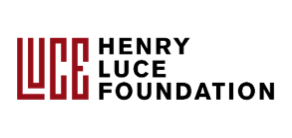

Images
Ragnar Kjartansson, The Visitors, 2012. Nine-channel video projection (color, sound; 64:00 minutes). Gift of Graham and Ann Gund to Institute of Contemporary Art, Boston, Solomon R. Guggenheim Museum, New York, and Gund Gallery at Kenyon College. Photo by Elísabet Davids. Courtesty the artist, Luhring Augustine, New York, and i8 Gallery, Reykjavík. © Ragnar Kjartansson | Henry Taylor, i’m yours, 2015. Acrylic on canvas, 73 ⅛ × 74 ¼ inches (185.7 × 188.6 cm). Acquried through the generosity of the Acquisitions Circle. © Henry Taylor | William Kentridge, KABOOM!, 2018. Three-channel HD film installation, model stage, paper props, found objects, and three mini-projectors with stands, 75 ¼ x 196 ¼ x 40 ⅜ inches (191 x 498.5 x 102.5 cm). Acquired with major support from Amy and David Abrams, with additional generous support from James and Audrey Foster, Charlotte Wagner and Herbert S. Wagner III, Jeanne L. Wasserman Art Acquisition Fund, and Fotene and Tom Coté Art Acquisition Fund. Courtesy the artist and Marian Goodman. © William Kentridge | Installation view, Eva LeWitt, VI, VII, Oslo, 2018. Courtesy the artist and VI, VII, Oslo. Photo by Christian Tunge. © Eva LeWitt | Firelei Báez, ICA Watershed installation rendering, 2019. Courtesy of the artist and James Cohan, New York. Rendering by Nate Garner. | Installation view, Virgil Abloh: “Figures of Speech,” Museum of Contemporary Art, Chicago, 2019. Courtesy of the artist. © Virgil Abloh | Raúl de Nieves, Fina Vision, 2019. Vintage military suit, sequins, metal bells, threads, glue, cardboard, plastic beads, tape, trims, and mannequin. Dimensions variable. Courtesy the artist and Company, New York © Raúl de Nieves | Deana Lawson, 2010. Inkjet print, 35 × 43 inches (88.9 × 109.2 cm). © Deana Lawson. Courtesy the artist; Sikkema Jenkins & Co., New York; and Rhona Hoffman Gallery, Chicago.
